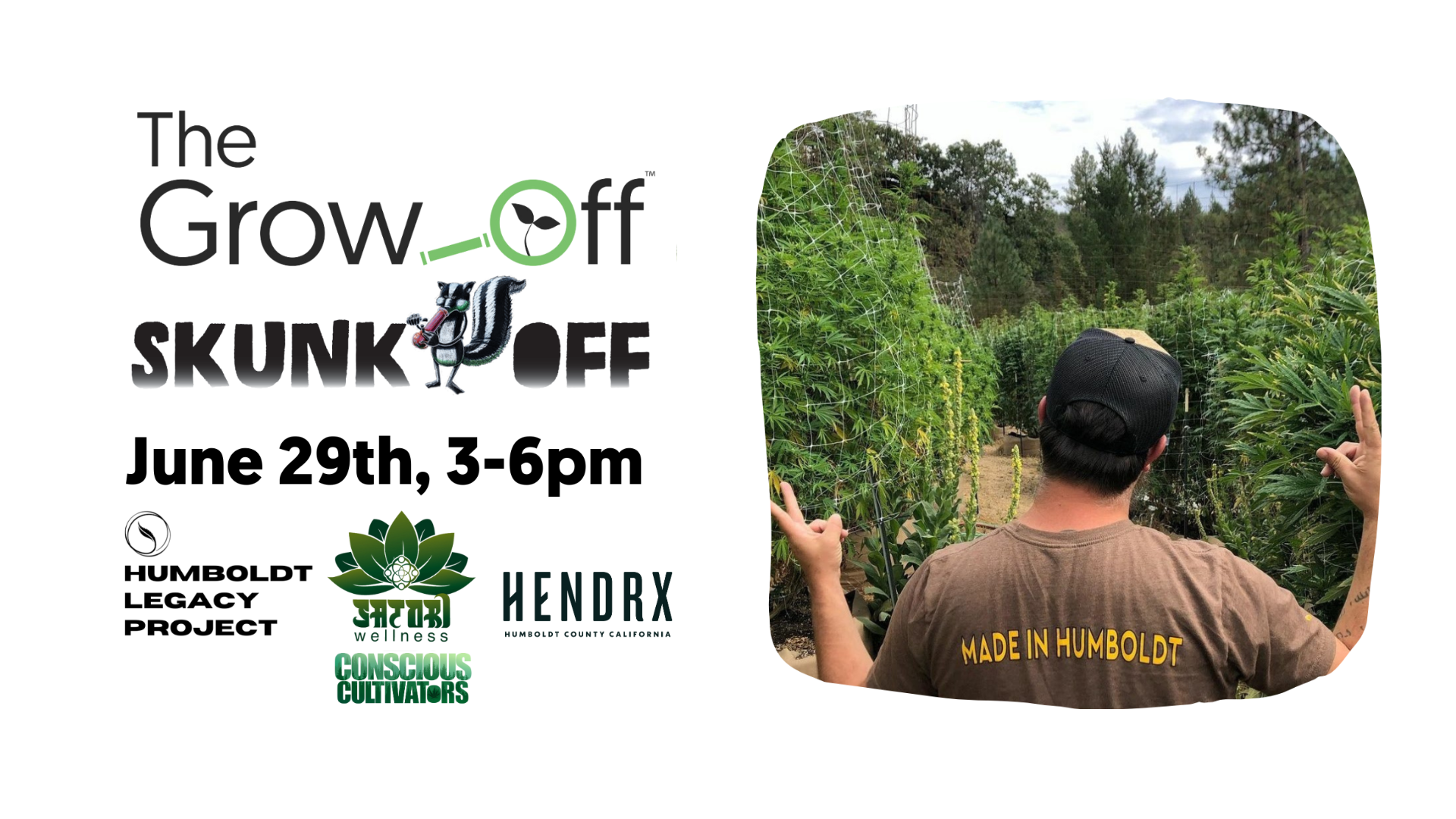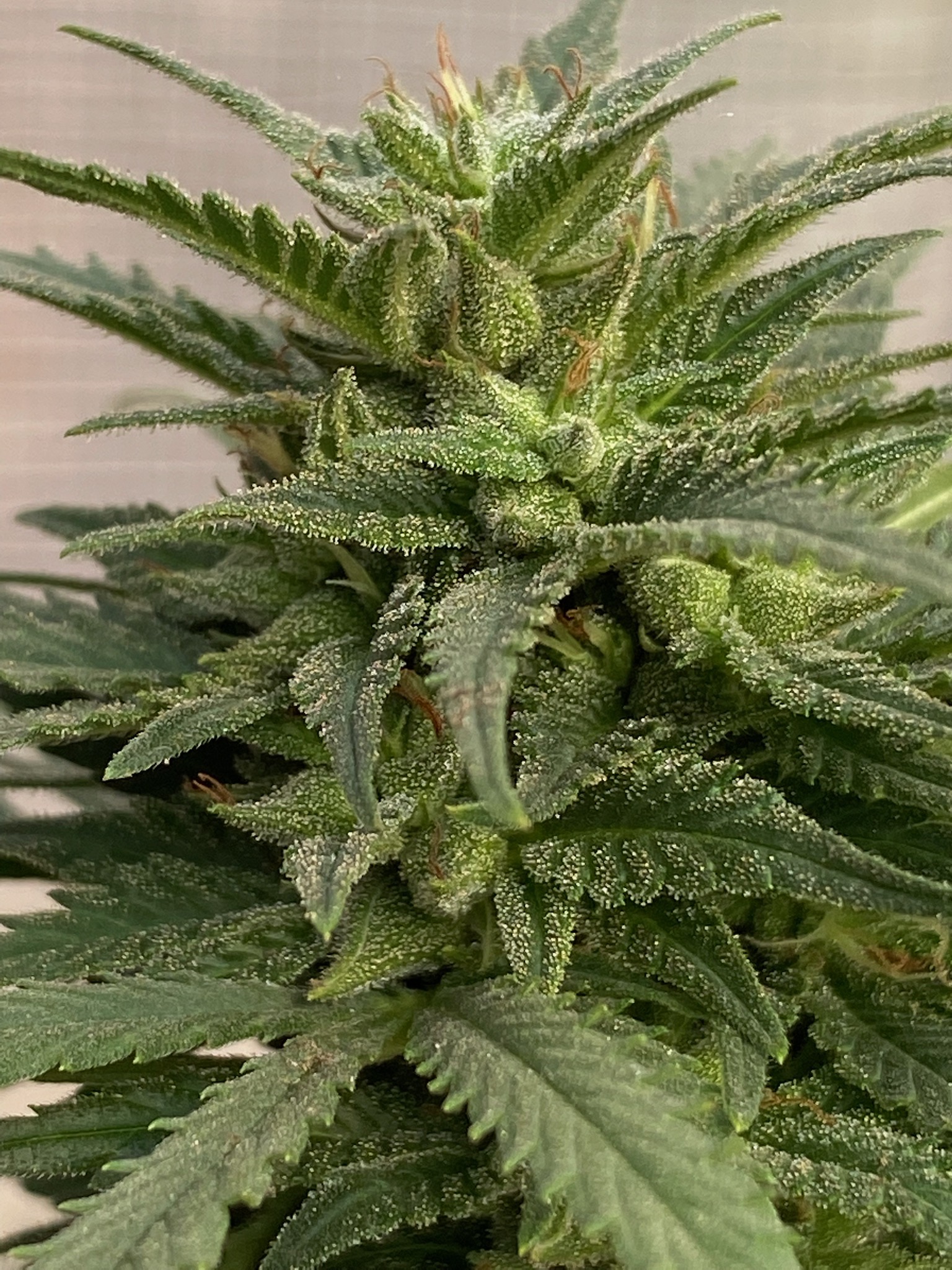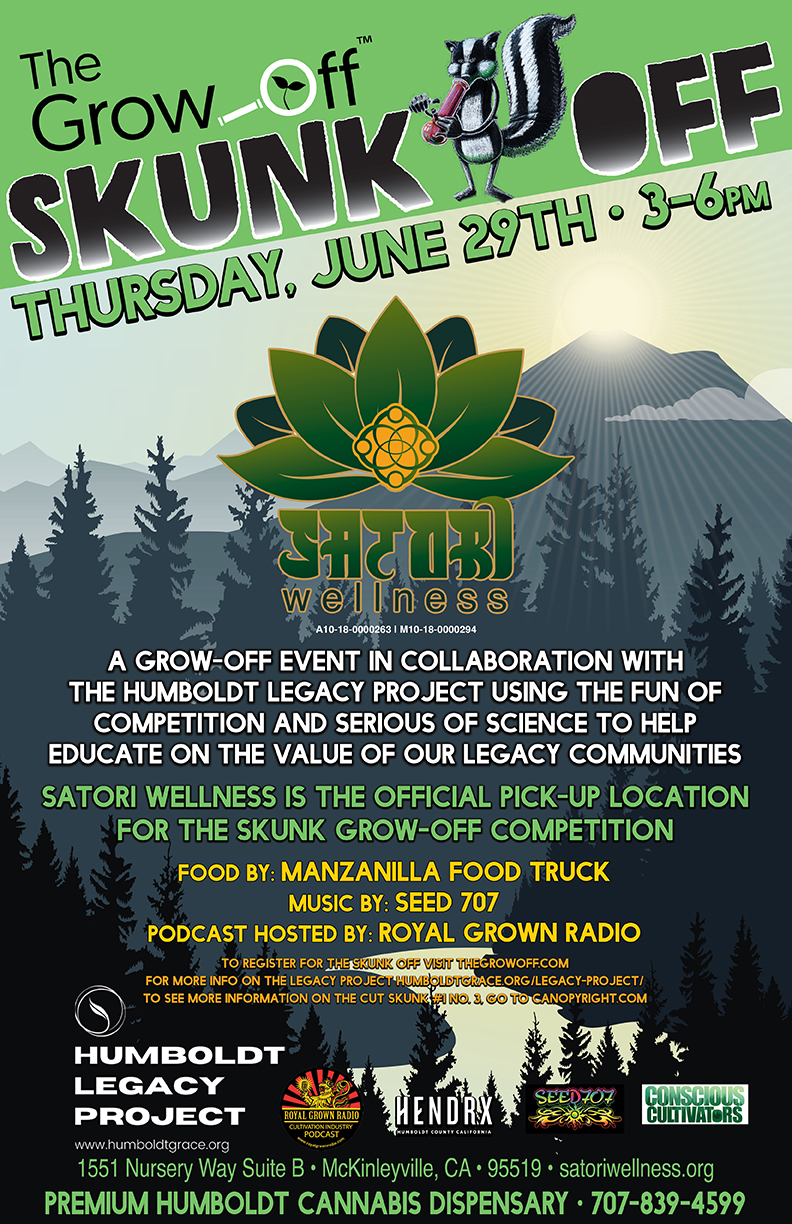Humboldt Legacy Project Skunk #1 Selections FAQs:
OUR BETA
In 2019, Marty Yip donated Skunk #1 selections in trust to Humboldt Grace, in care of HENDRX Farms for the Humboldt Legacy Project to use as a beta test to find accessible pathways to archive, authenticate, and value cannabis genetics. The Skunk #1 was the perfect variety to use due to its widespread use, documented history, public domain status, and all the hype around it. We are calling these selections:
Humboldt Legacy Project Skunk #1 No. 3 (HLPS3)
In 2022 the selection was submitted to Medicinal Genomics for comprehensive DNA sequencing. Through that testing and the subsequent research on the behalf of the Medicinal Genomics bioinformatics team, we can through DNA evidence see that these selections are indeed descendants of lineage of the original Skunk #1, from David Watson, aka Sam Skunkman.
HLPS3 has the pAla250Asp that shows up in Weiblen’s research of the Skunk #1 in 2013-2014.
The HLPS3 was used in partnership with The Grow-Off and Satori Wellness, to create the Skunk Grow Off. This allowed the Humboldt Legacy Project to see how the plant expressed itself within the various microclimates and processes with in the Emerald Triangle. It also gaves the community access to the selection, and the ability to participate in coming events around educating the pathways to preserve, authenticate, and validate cultivars.
MOCA Humboldt grew out and sold the Skunk #1 allowing the project to gathering consumer input through a survey.
Please see links on the live timeline for articles, DNA sequencing, and other supporting information.
The cultivar has been timestamped in Canopyright.
The cumulative data from the project will be released in 2025.
The Skunk Grow-Off

The Grow-Off has partnered with Humboldt Legacy Project to discover and share more information about a selected cultivar from the lineage of Sam SkunkMan’s Skunk #1. The HLPS3 was donated by Marty Yip of Sensational Solutions and preserved by HENDRX Farms. Marty selected this cultivar for its uplifting effects, classic flavor, and stability in breeding. We hope to discover even more through the competition and will share that information with participants.
Describe the program to growers, as it pertains to the Humboldt Legacy Project.
The Grow-Off and The Humboldt Legacy Project are partnering to help educate: on the value of legacy cultivars, the people who develop and curate them, and how the biodiversity in the Emerald Triangle regions lead to innovation around the plant.
Why participate in the project?
When you participate in this partnership you are gaining early access to one of the selected Humboldt Legacy Projects Skunk #1s, (HLPS3.). Your brand, your shared content, and the anonymized data will be included in the education around the Humboldt Legacy Project . You will be listed as one of the farms growing the cut. Licensed operators will have the opportunity to partipcate in the Humboldt Legacy Projects events in 2024.
Through the Humboldt Legacy Project, The Skunk Grow-Off participants can also take advantage of the same extensive DNA testing the project uses given by Medicinal Genomics at an 80% discount. This DNA testing is extensive sequencing of the cannabis plant at $299 per test. This price is not included in the competition. For more information email lele@humboldtgrace.org
Why are we telling them the strain?
In order to help educate on the value of our legacies and regions, the Humboldt Legacy Project needed a diverse group of farmers to grow this researched and studied selection of Skunk #1. We wanted to be transparent in the relationship between The Grow-Off and the Humboldt Legacy Project. We wanted to ensure the project had the grower’s permissions. We also see the marketing potential for each other behind us ALL collaborating.
What will their cultivation data go towards?
The cultivation data will be used to help the Humboldt Legacy Project educate on the value of the bioregional diversity in the Emerald Triangle, the value of an individual farmers’ process, and the vast libraries of genetic diversity in our communities. By using this documented cut we can attempt to see where the skunkiest cut is grown, how it is grown, and who can grow the skunkiest bud. Which will be fun, and this information can also help us as a community show why our regions plant legacy, climate, and experience is so important to the innovation of future cannabis as well as help us increase our market value.
SUBSCRIBE TO Humbodlt Grace
Connect with our founder, receive community updates, and learn about upcoming events.


